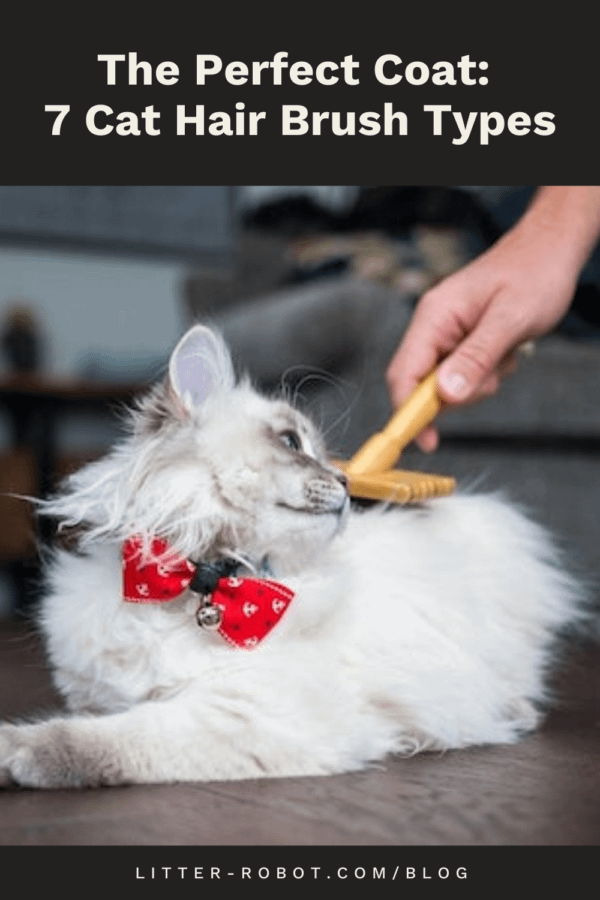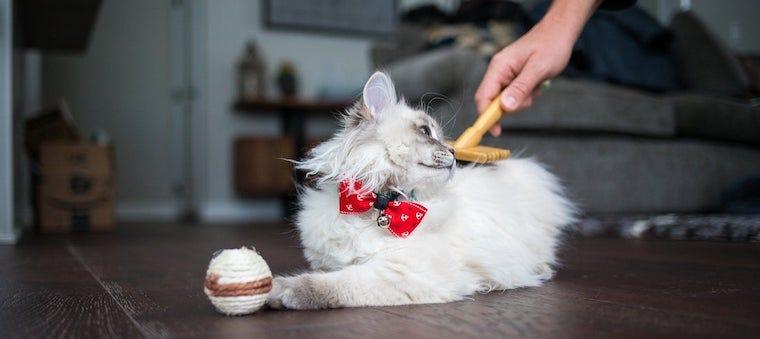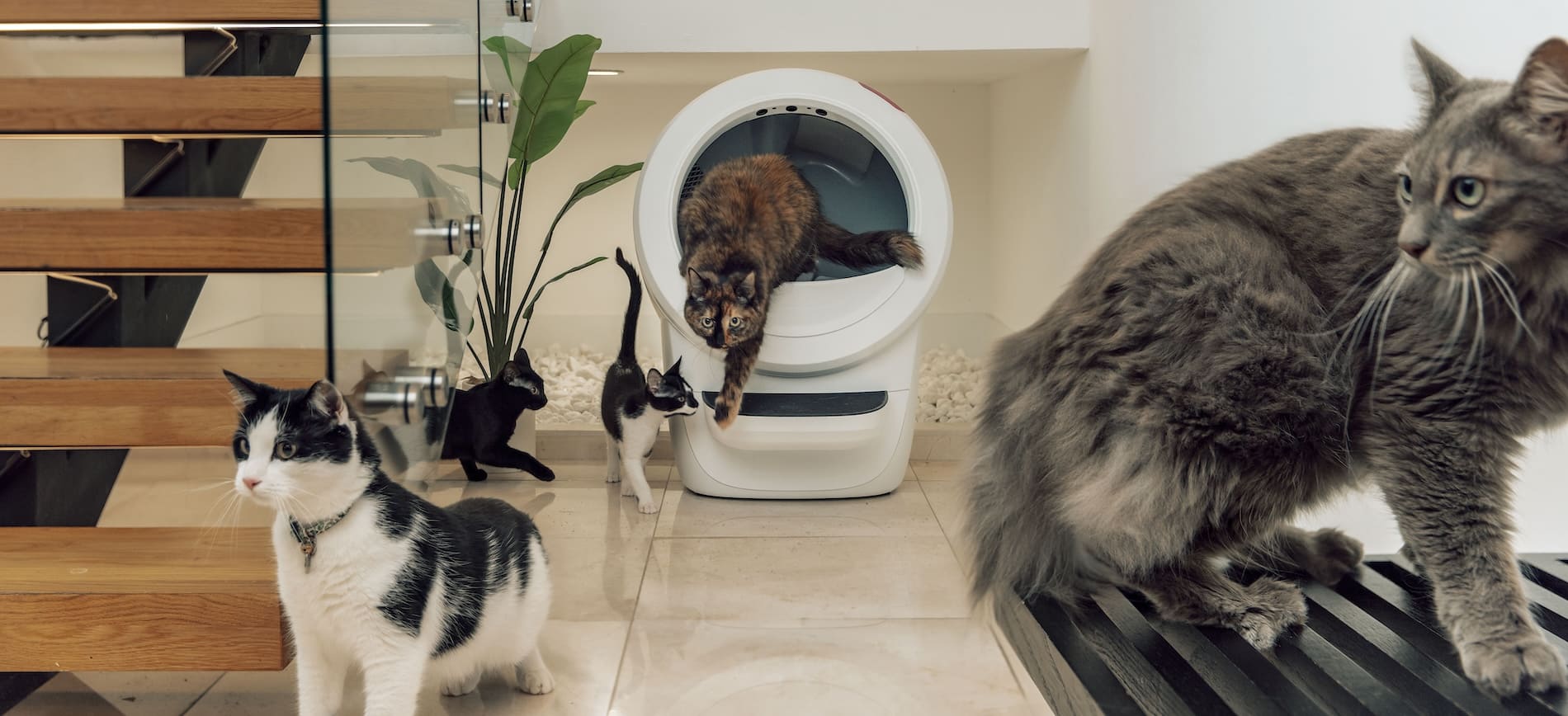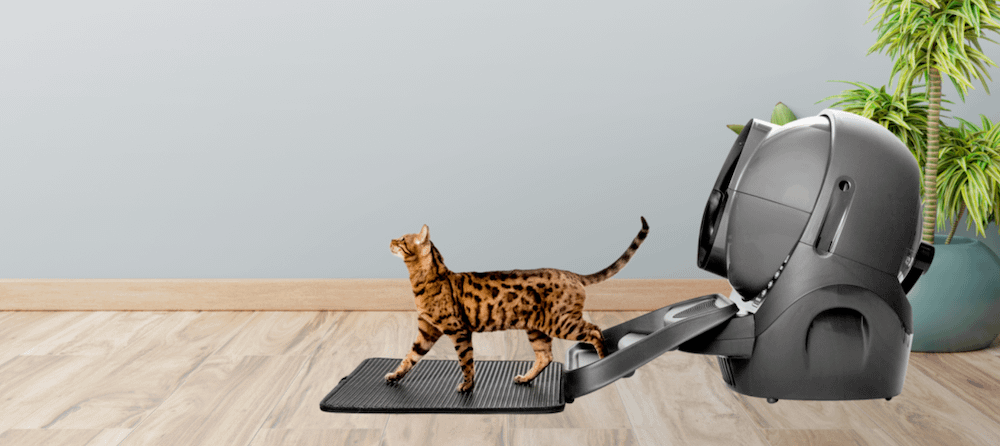Having a cat comes with a lot of benefits—but one major drawback is the fact that cat fur ends up all over your clothes and furniture. (Unless you have a Sphynx or other hairless cat breed!) The majority of cat parents will grapple with the issue of having cat hair all over their homes. Finding a suitable hair brush for your cat’s hair type will help you tame the fur. Read on to discover which cat hair brush is best for your cat’s needs!
Which cat hair brush is right for your kitty?
Every cat—and cat hair coat—is unique, which means there’s no one-size-fits-all brush that will work perfectly. Instead, you’ll need to consider your cat’s fur type, personality, and medical conditions before selecting the right brush.
Additionally, if your cat sheds frequently or always has matted hair, your pet might be better suited for different cat hair brushes. Who knew there were so many intricacies with cat hair brushes? The good news is that we’re going to explore your options now!
How often should you brush your cat?
Your cat is likely great when it comes to self-grooming. You might even find they groom themselves up to 50% of their waking hours. If you find your cat grooming even more often, it might be the result of overgrooming.
Long-haired cats, short-haired cats, and curly-haired cats can all benefit from regular brushing as a way of removing loose hairs. When you brush your cat regularly, whether that’s once per day or once per week, you can drastically reduce the amount of excess hair that they have on their bodies.
However, depending on your cat's age, whether they get to explore the outdoors, and their overall health, you might find yourself needing to brush your cat’s fur more or less often. For instance, if you have a young, long-haired cat, you might find it beneficial to brush your cat daily. Alternatively, an older, short-haired cat might only need to be brushed once per week.
What type of fur does your cat have?
Clearly, not all cats have the same type of fur. That’s why it’s important to identify the type of hair your cat has before selecting a brush for him or her. There are four main types of cat fur, including long hair, short hair, curly hair, and hairless.
Long-haired cat

Long-haired cats have fur that is typically between two and five inches long. While this hair is beautiful, it can easily become matted and tangled if not properly cared for. Even when using a Litter-Robot, long-haired cats can get litter stuck to their coats. A few long-haired cat breeds include:
Short-haired cat

Short-haired cat fur tends to be lower-maintenance than the fur of long-haired cats. The fur of short-haired cat breeds only grows up to two inches, making them very easy to groom. Typically, their fur only requires a quick brush. A few short-haired cat breeds include:
Curly-haired cat
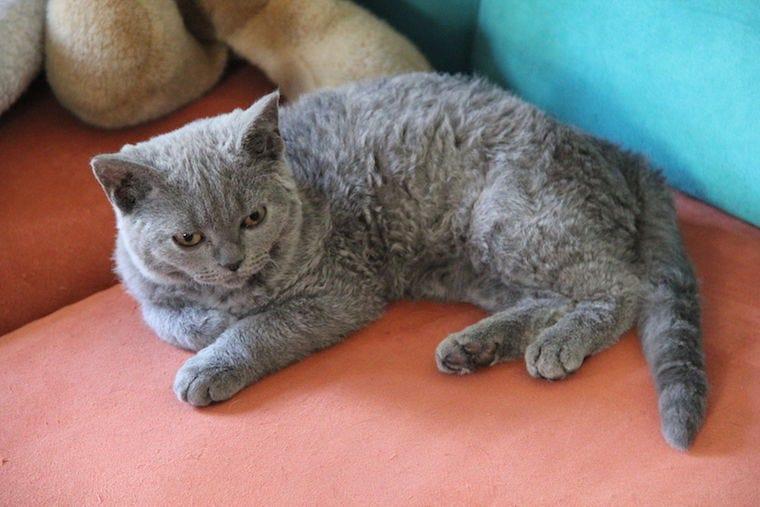
Curly-haired cat fur is typically the easiest to maintain, since it rarely sheds. These breeds have curly hair as a result of a genetic mutation. A few curly-haired cat breeds include:
Hairless cat
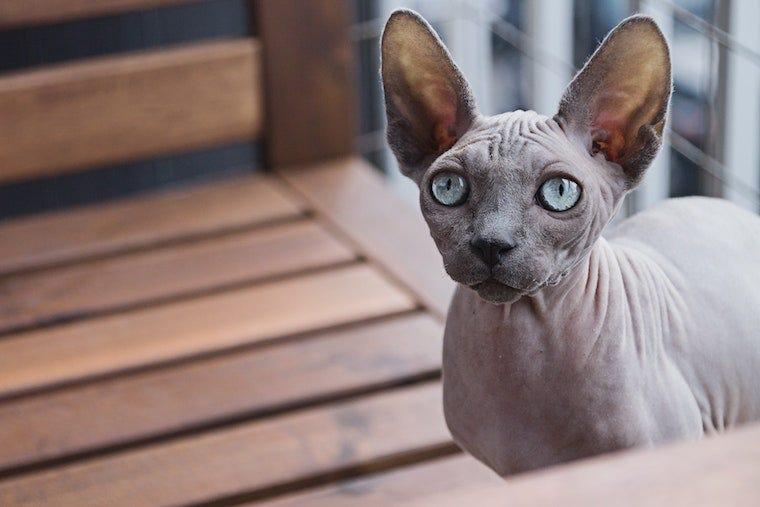
While you might assume that a hairless cat is bald, they actually have a fine coat that resembles suede. Since these felines lack a thick coat to prevent the loss of body heat, they love to snuggle and are best suited for a warmer climate. If you live in a cooler environment, it’s best to stock up on some sweaters to keep your feline comfortable. Unlike the other cats on this list, hairless cats require a weekly bath to keep their body free from the build-up of oil.
Layers of cat fur
Now that we’ve explored the different types of cat fur, we can look deeper into the layers of fur. It’s important to note that not all cats have each of these layers of fur. However, the information provided below can help you determine what type or types of brushes to use for your cat to maintain each layer of your cat’s coat.
Down fur
Down fur is the thick undercoat that is very soft and silky. This fur is responsible for insulating the cat's body from loss of heat. Some cats, like Javanese and Sphynx, do not have this layer of fur. Others, especially curly-haired cats, only have down fur.
Awn fur
Awn fur is more coarse than down fur. It is the secondary layer of hair that helps protect the down fur and insulate your cat. The majority of the cat's hair that you can see is known as the awn fur.
Guard fur
The guard fur is the hair that determines the color of your cat. But it does so much more than that! These coarse pieces of long hair form an outer coat that helps keep your cat dry by propelling water from the body.
Vibrissae fur
Vibrissae fur is made up of thick hairs that have a special job. They are the whiskers located on your cat’s muzzle and above your cat’s eyes. They allow cats to determine the size of an opening in front of them and help to orientate your cat as he or she moves through the darkness.
Cat hair brush types
Your naturally grooming cat will need a helping hand when it comes to keeping them healthy and clean. Now that you’ve determined the type of fur your cat has, you can make an informed decision about which type of brush or brushes you’ll need to properly assist your cat with their grooming.
Just remember that before you use any cat products, you’ll want to ensure that you properly clean the product from time to time. Depending on the type of brush, plant-based cleaner wipes may come in handy.
Slicker brush
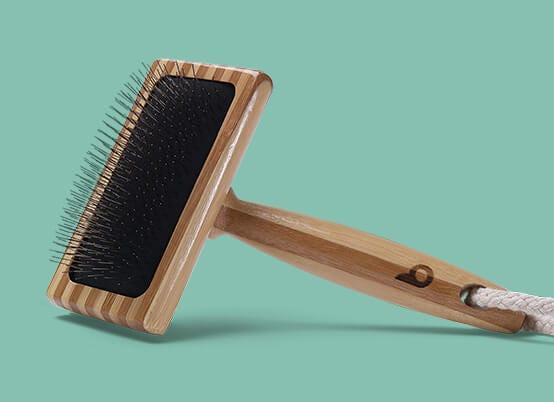
A slicker brush is ideal for cats with medium or long fur. These brushes are curved with thin teeth to help remove dirt, dander, and loose hair. If your cat has a history of matted fur, this cat brush for matted hair is going to be ideal for you. Not only does it help you prevent future matting of your cat’s fur, but it can also help you remove any existing matting trouble spots.
Dual-sided brush
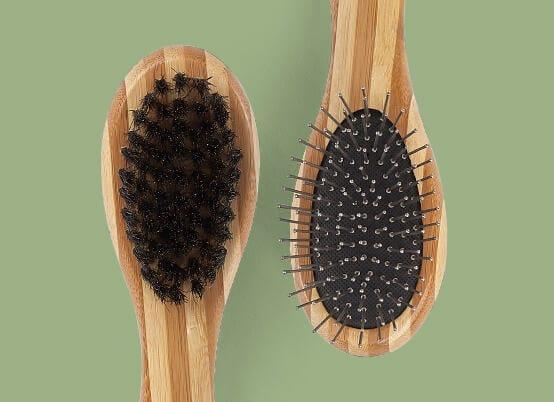
A dual-sided brush has two sides. These are ideal for cats that have short to medium fur. On one side of the brush, you’ll find finetooth bristles that are ideal when you need to remove tangles. On the flip side, you’ll find a soft bristle brush that can help you spread your cat's natural oils across their skin.
Mitt brush
A mitt brush fits over your hand. They are usually made out of vinyl or rubber. One side of a mitt brush has teeth that can brush your cat in a way that mimics petting. This is great for cats that don’t like to be groomed with a brush. The soft teeth of a mitt brush will help you remove dirt and dander from your cat’s coat.
Bristle brush
A bristle brush is one of the most common grooming tools. It can be used on all cats, too. The soft brushes help keep your cat's fur shiny by distributing your cat’s natural oils across their body.
Dematting comb
A dematting comb is made for the purpose of removing mats from your cat’s fur. Ideally for long-coated cats, these brushes have long blades rather than teeth. They help you remove mats without hammering the rest of your cat's coat.
Shedding comb
Shedding combs can be used for cats with fur of all lengths. There are different sizes of shedding combs, too. If your cat has short or medium fur, you’ll want to utilize a shedding comb with teeth that are close together. For long-haired cats, you’ll want to use a comb with teeth that are spread farther apart.
Wide-tooth comb
A wide-tooth comb is necessary for cats with long fur. These are an effective way to reduce tangles and mats in your cat’s fur. A wide-tooth comb allows you to gently tease out the trouble spots without having to pull or tug at your cat's fur.
Finding the perfect cat hair brush
Once you’ve determined the type of fur that your cat has and any trouble spots that frequently result in matted fur, you can use that information to find brushes and combs that will help your feline.
Don’t hesitate to purchase multiple cat hair brushes if your cat has more than one problem area or cause for concern. Also, when grooming, make sure that you always brush in the direction of your cat’s fur. If you brush against the grain, it can pull on your cat's skin and cause irritation.
After you finish grooming, make sure you give your feline a little reward for being patient while you brush them!
Cat hair and cat fur are two words that can be used interchangeably. However, many people believe that cat hair describes a single strand of hair whereas cat fur refers to the entire coat of a cat.
If you have a short-haired cat, you should utilize a bristle brush or dual-sided brush. These brushes will leave your cat with a soft and shiny coat.
If your cat has matted fur, start by making sure your cat is comfortable. From there, begin detangling the area by using a dematting comb or slicker brush. Gently work on the area, but make sure you stop if it starts irritating your cat's skin or causes stress for your cat. Once the matted fur problem is resolved, make a schedule where you plan to regularly brush your cat’s fur in order to avoid large mats from appearing in the future.
